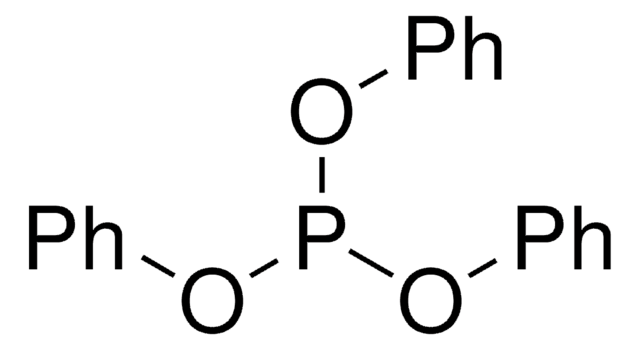16505
Methyl trans-4-bromo-2-butenoate
technical, ≥90% (GC)
Synonym(s):
Methyl 4-bromocrotonate
About This Item
Recommended Products
grade
technical
Quality Level
Assay
≥90% (GC)
contains
silver wool as stabilizer
impurities
~3% methyl cis-4-bromo-2-butenoate
refractive index
n20/D 1.501
bp
70 °C/0.03 mmHg (lit.)
density
1.498 g/mL at 20 °C (lit.)
functional group
bromo
ester
storage temp.
2-8°C
SMILES string
COC(=O)\C=C\CBr
InChI
1S/C5H7BrO2/c1-8-5(7)3-2-4-6/h2-3H,4H2,1H3/b3-2+
InChI key
RWIKCBHOVNDESJ-NSCUHMNNSA-N
Application
Signal Word
Warning
Hazard Statements
Precautionary Statements
Hazard Classifications
Eye Irrit. 2 - Skin Irrit. 2 - STOT SE 3
Target Organs
Respiratory system
Storage Class Code
10 - Combustible liquids
WGK
WGK 3
Flash Point(F)
197.6 °F
Flash Point(C)
92 °C
Personal Protective Equipment
Regulatory Information
Choose from one of the most recent versions:
Certificates of Analysis (COA)
Don't see the Right Version?
If you require a particular version, you can look up a specific certificate by the Lot or Batch number.
Already Own This Product?
Find documentation for the products that you have recently purchased in the Document Library.
Our team of scientists has experience in all areas of research including Life Science, Material Science, Chemical Synthesis, Chromatography, Analytical and many others.
Contact Technical Service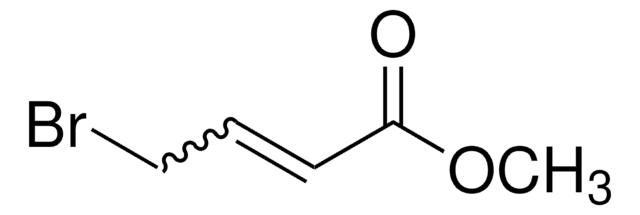
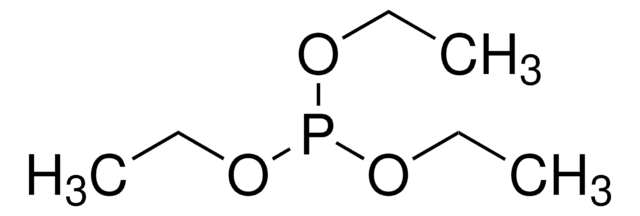

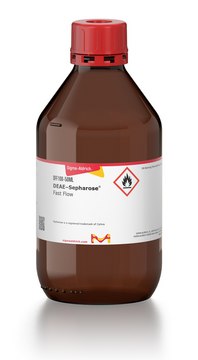
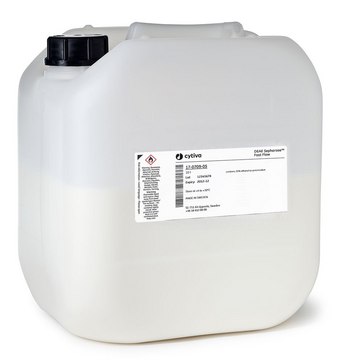

![1,8-Diazabicyclo[5.4.0]undec-7-ene 98%](/deepweb/assets/sigmaaldrich/product/structures/120/564/5b373e23-1624-489c-8efb-692de0f96ffb/640/5b373e23-1624-489c-8efb-692de0f96ffb.png)

